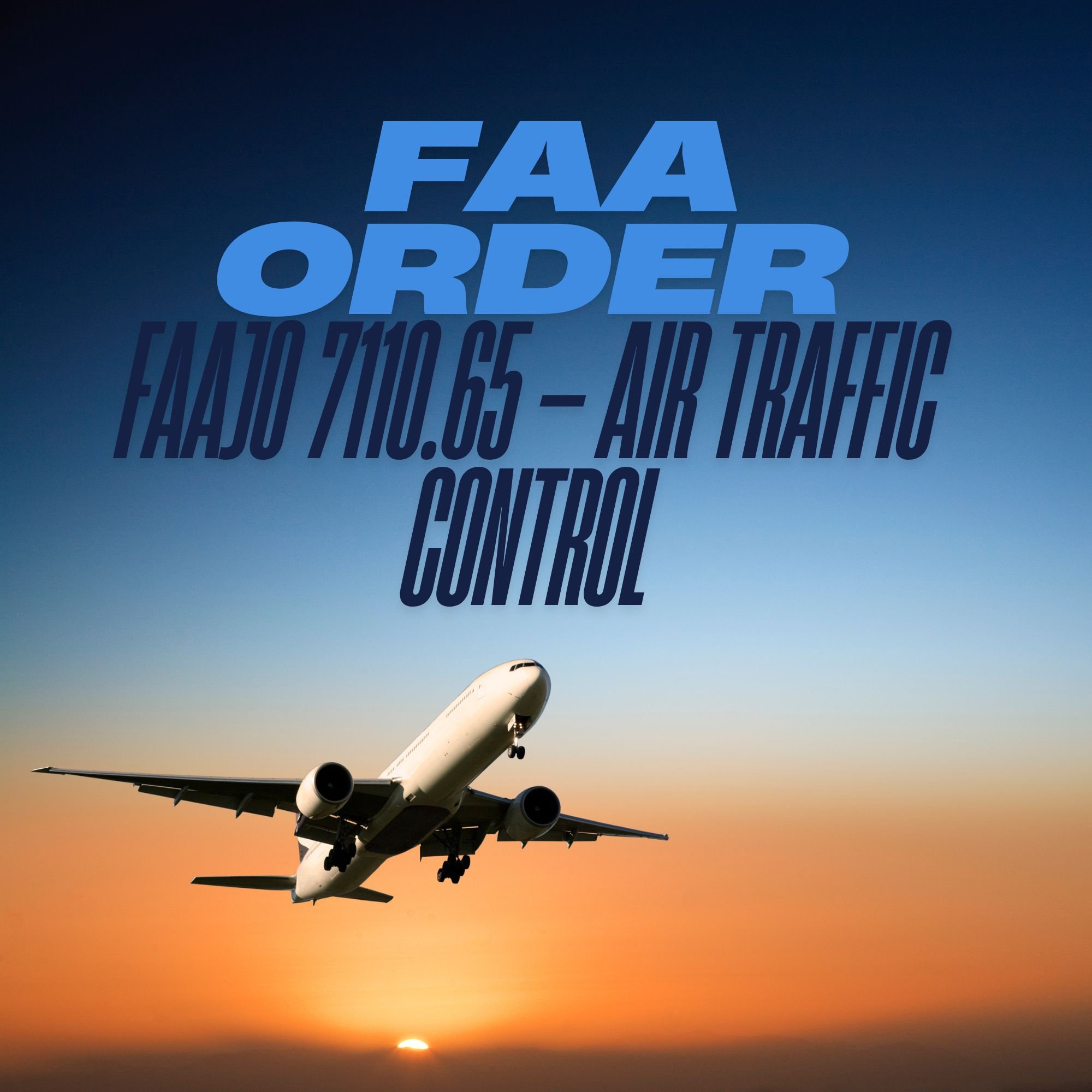14 CFR Part 97
14 CFR Part 97, titled "Standard Instrument Approach Procedures," is a regulation under the U.S. Code of Federal Regulations that establishes and governs the design, publication, and use of instrument approach procedures (IAPs) for aircraft navigating under instrument flight rules (IFR). Administered by the FAA, it ensures safe and standardized approaches to airports during low-visibility conditions. It includes criteria for developing procedures like Minimum Descent Altitudes (MDAs) and Decision Heights (DHs), with specific subparts (e.g., Subpart C) detailing Terminal Instrument Procedures (TERPs). For example, §97.3 defines key terms, while §97.20 mandates compliance with published IAPs (source: 14 CFR Part 97, revised as of March 14, 2025). It’s critical for air traffic control and pilots to coordinate safe landings.
Legal Disclaimer:
Documents provided by ATC123 are unofficial copies of public records intended solely for training and educational purposes. They are not certified or endorsed by any government agency, including the FAA, and should not be used for operational decision-making or legal compliance. ATC123 assumes no liability for errors, omissions, or reliance on these materials. Users are responsible for verifying information with official sources before any operational use.
14 CFR Part 97, titled "Standard Instrument Approach Procedures," is a regulation under the U.S. Code of Federal Regulations that establishes and governs the design, publication, and use of instrument approach procedures (IAPs) for aircraft navigating under instrument flight rules (IFR). Administered by the FAA, it ensures safe and standardized approaches to airports during low-visibility conditions. It includes criteria for developing procedures like Minimum Descent Altitudes (MDAs) and Decision Heights (DHs), with specific subparts (e.g., Subpart C) detailing Terminal Instrument Procedures (TERPs). For example, §97.3 defines key terms, while §97.20 mandates compliance with published IAPs (source: 14 CFR Part 97, revised as of March 14, 2025). It’s critical for air traffic control and pilots to coordinate safe landings.
Legal Disclaimer:
Documents provided by ATC123 are unofficial copies of public records intended solely for training and educational purposes. They are not certified or endorsed by any government agency, including the FAA, and should not be used for operational decision-making or legal compliance. ATC123 assumes no liability for errors, omissions, or reliance on these materials. Users are responsible for verifying information with official sources before any operational use.
14 CFR Part 97, titled "Standard Instrument Approach Procedures," is a regulation under the U.S. Code of Federal Regulations that establishes and governs the design, publication, and use of instrument approach procedures (IAPs) for aircraft navigating under instrument flight rules (IFR). Administered by the FAA, it ensures safe and standardized approaches to airports during low-visibility conditions. It includes criteria for developing procedures like Minimum Descent Altitudes (MDAs) and Decision Heights (DHs), with specific subparts (e.g., Subpart C) detailing Terminal Instrument Procedures (TERPs). For example, §97.3 defines key terms, while §97.20 mandates compliance with published IAPs (source: 14 CFR Part 97, revised as of March 14, 2025). It’s critical for air traffic control and pilots to coordinate safe landings.
Legal Disclaimer:
Documents provided by ATC123 are unofficial copies of public records intended solely for training and educational purposes. They are not certified or endorsed by any government agency, including the FAA, and should not be used for operational decision-making or legal compliance. ATC123 assumes no liability for errors, omissions, or reliance on these materials. Users are responsible for verifying information with official sources before any operational use.






